2024 Rocky Mountain Instinct C70 Shimano Bike
| Where To Buy | |||
|---|---|---|---|
Free shipping on orders over $50 (continental U.S. only).
International shipping available. Some exclusions apply. |
Free shipping on orders over $50 (continental U.S. only).
International shipping available. Some exclusions apply. $6,999.00
|
||
Free shipping on orders over $50 (continental U.S. only).
International shipping available. Some exclusions apply. |
Free shipping on orders over $50 (continental U.S. only).
International shipping available. Some exclusions apply. $4,198.94
|
||

In March, Rocky Mountain pulled back the veil on their latest Instinct trail bike. After a few years of sharing frames with its more capable big brother, the Altitude, the Instinct regained its independence with a dedicated and revised chassis. Complete with internal storage, a grip of geometry adjustments, and a proven suspension layout, Rocky aimed to give riders the do-it-all trail bike that could adapt to any terrain or rider preference. We spent the past four months finding out what's on offer with each Instinct adaptation and where this aggressive trail bike shines or leaves more to be desired.
Highlights
- Full carbon and alloy frame options
- 140mm of rear wheel travel // 150mm fork
- Wheel size:
- Size XS & S: 27.5-inch
- SM-XL:29-inch
- Ride-4 adjustment system offers four geometry configurations
- Two-position axle adjustment
- 63.5° / 64° / 64.4° head tube angle
- +/- 5mm reach adjust
- UDH equipped
- PenaltyBox 2.0 internal frame storage (carbon frame only)
- Press fit bottom bracket
- Fully-sealed cartridge bearings
- 12x148 Boost rear hub spacing
- Sizes: XS-XL
- 3 alloy builds ranging from $2,899-$4,599 USD
- 6 carbon builds ranging from $4,699-$10,599 USD
- Build tested: C70 Shimano - $6,499 USD
- Weight (size large): 32.8 lb (14.8 kg)
Strengths |
Weaknesses |
|
|
What’s New With the Instinct in 2024?
Rocky's focus with the new Instinct was to create a versatile trail bike. Or, to be cliche, a quiver killer. In previous generations, the Altitude and Instinct had significant overlap, including the frame. A different shock mount and shock size enabled the two-bikes-in-reality. Now using its own purpose-built frame, the latest Instinct is 200 grams lighter with tweaked geometry and kinematics to match its sole intended use.
We tested a carbon Instinct that uses Rocky Mountains' Smooth Wall carbon. They also offer an aluminum frame using their alloy FORM tube sets. Regardless of material, the frame features the same geometry adjustments, internal cable routing, and frame protection. Thankfully, there is no cable terrorism found here with all cables routed through the headtube. Our carbon frame also uses tube-in-tube routing to keep noise down and make rerouting easier than ever.

Frame protection on the Instinct is very well thought out. The chainstay protector uses a ribbed design to help break down chain slap force and deaden any noise. There is additional padding on the bottom of the seat stay to further mitigate drivetrain noise. Most of the downtube and underside of the bottom bracket are covered with a molded guard. Rocky also includes two additional pads or "shuttle guards" for you to place once you figure out where your bike sits on your tailgate pad.


The Instinct's now wide downtube (to match its stout headtube) immediately differentiates it from the previous model. A result of Rocky adding a Penalty Box 2.0 storage compartment, you now have room for all your tools and mid-ride snacks. The Penalty box is extremely well thought out with a very secure lid that features an Airtag compartment to (hopefully) chase down your rig if it gets jacked.
Geometry
The new Instinct features slightly slacker geometry than before, with an emphasis put on adjustability and versatility thanks to their Ride-4 system. Previously, riders had Ride-9, which had nine geometry configurations available. Clipping a few options and leaving only those that riders will find useful is definitely a positive change. The stock neutral position strikes a nice overall balance, making the geometry suitable for most riders without pigeonholing the bike's abilities. Switching between positions allows for terrain-specific setups for those who travel to ride or enjoy chasing the perfect setup. Whether you're an experienced or novice rider, take the time to understand what's on offer in each position.
Adjustments include +/- 5mm of reach thanks to interchangeable headset cups. A rear axle flip chip swaps the chainstay length between 437 and 447mm (29-inch rear wheel), but unfortunately, the chainstay lengths are not size-dependent. The Ride-4 flip chip changes the head tube angle between 63.5-64.3 degrees, the seat tube angle changes between 76.5-77.3 degrees, and also affects the bottom bracket height, reach, and stack by a few millimeters. Comparing the new Instinct to its previous self, the head tube angle is 1.7 degrees slacker, the seat tube angle is .3 degrees steeper (so essentially the same), reach has been reduced by a few millimeters, and the stack has increased by a few millimeters (all numbers based on neutral geometry configuration).

Rocky Mountain also increased the seat tube insertion depth to accommodate longer droppers. Size medium frames now feature 175mm droppers (up from 150mm), and size large and X-large have 200mm droppers (up from 170mm).
Suspension Design
The Instinct continues to use a traditional horst link design but has received subtle kinematic tweaks to improve comfort and traction while maintaining efficiency and responsiveness. Rocky Mountain also tunes shocks per frame size to give riders of different sizes the same suspension performance.

Build Kits
The price point on the new Instinct is by no means cheap, but looking at the big picture, it is on the less expensive side for a boutique brand. Aluminum build kits range from $2,899 to $4,599, while carbon builds start at $4,699 and top out at $10,499. A carbon frameset with a FOX Flat X Factory shock retails for $3,899. We tested the C70 Shimano build. The fourth most expensive Instinct you can buy at $6,499, the build features workhorse components, including a Shimano XT Drivetrain, XT 4-piston brakes with a 203mm front and 180mm rear rotor, FOX Performance Elite 36 fork and Float X shock, and RaceFace AR hoops laced up to DT Swiss 370 hubs. A quality build kit with parts that matched the vibe of the Instinct wonderfully, the only spec that left us scratching our heads was the Maxxis Dissector tires with EXO casing. The Instinct was way more capable than the tires would allow, and we quickly installed our trusty Assegai and DHR II combo, with a DoubleDown casing in the rear and an EXO+ up front.


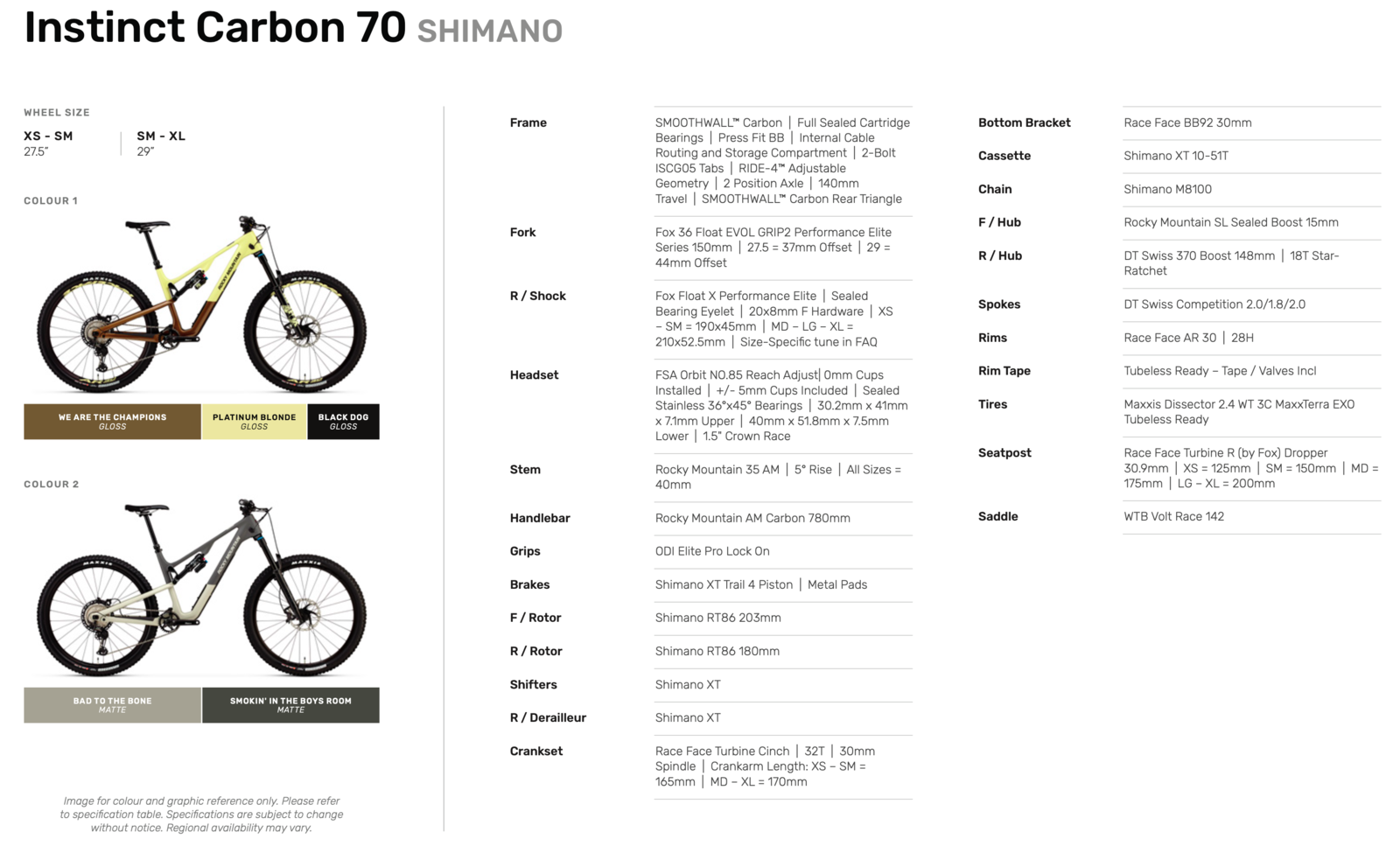
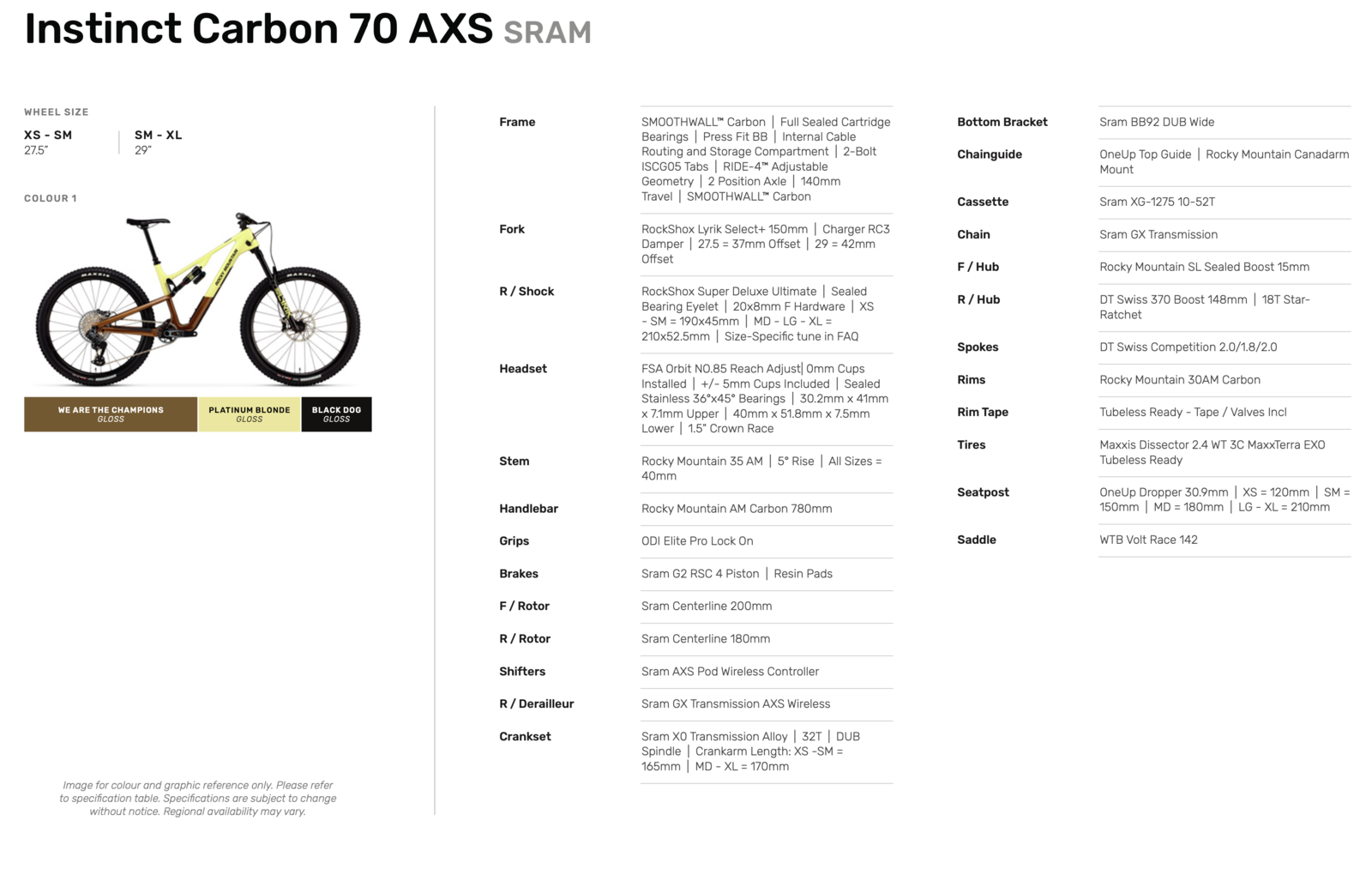
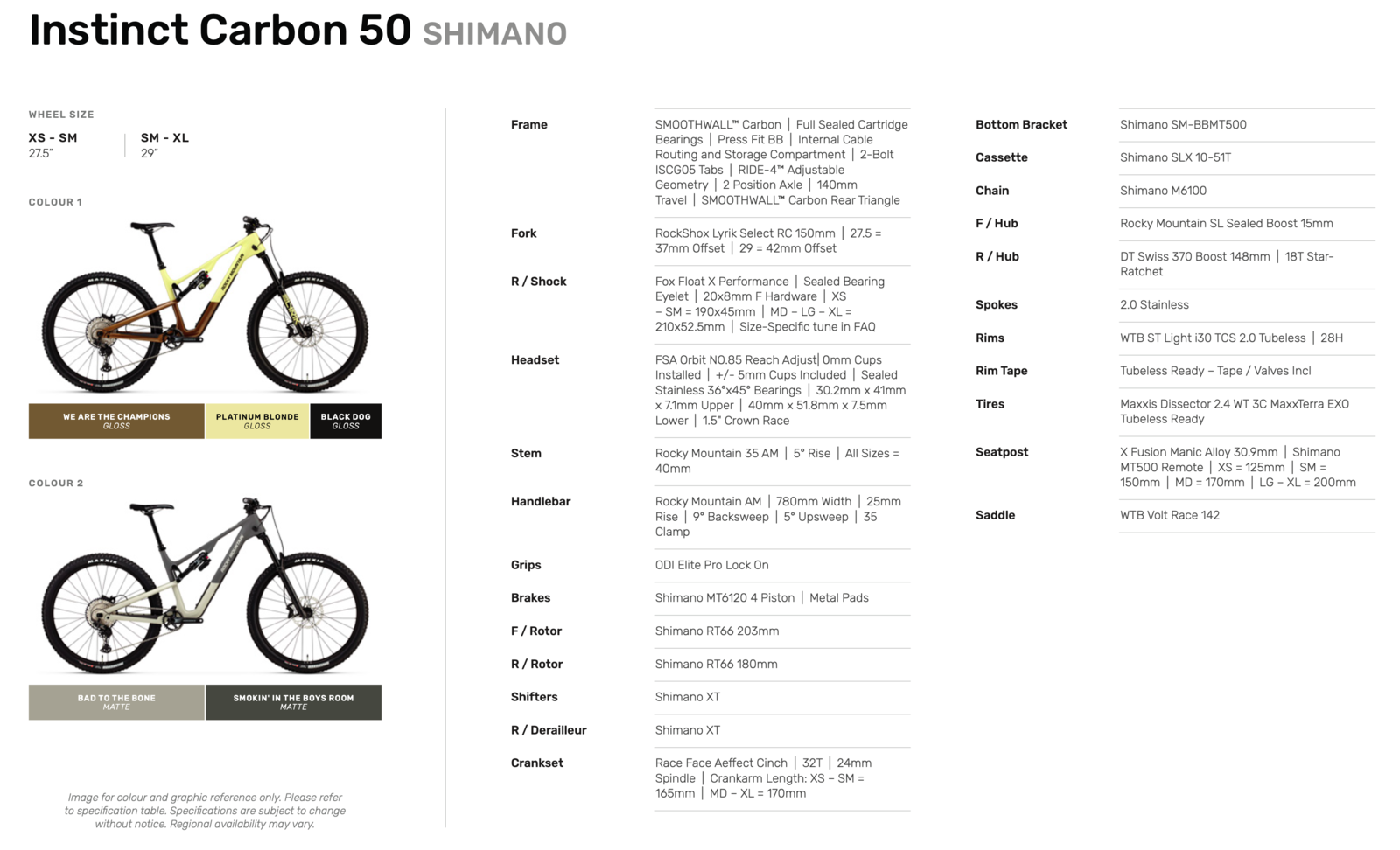




Bike Setup
All testing took place around San Diego. Usually, early spring is fairly dry, especially compared to the rest of the country. But this year was different as we experienced a lot of rain and got to test the bike in all conditions, from super dry and dusty to very wet and muddy. The majority of the trails we rode were on the raw, technical side, with lots of chunky rocks and high-speed compressions.
When we first sat on the Instinct, it felt very homey and placed us in the bike rather than on top of it. Right away, we swapped out the bars from Rocky Mountain's own 780mm wide carbon bars to our preferred 740mm wide Renthal aluminum bars. We left the saddle in a neutral position and felt no need to tilt the nose down due to the steeper seat tube angle. The WTB Volt that came on our Instinct was quite comfy and enjoyable. Our only grip is some of our shorts made an obnoxious noise from rubbing on the seat material. Setting up our suspension varied slightly with each Ride-4 position. For our final setup in position 4, we ended up with the settings below—more info below on how we settled on the steep position.
| FOX Float X | FOX 36 Grip 2 |
|
|
Descending Performance
The Instinct is a bike that does what you want when you want it to. It wants to hop off rocks on the side of the trail and inside corners and can carry you down some properly rough trails. With that said, the rougher trails become, the more the Instinct will remind you that it's just a trail bike. We struggled to maintain lines and confidence on difficult, steep trails, and while the slack geo position helped improve the situation, it took away the Instincts' peppiness that we loved on mellower trails.

The Instinct rewards you most when you push it, delivering a lively and responsive ride. If you're looking for a bike that will allow you to thoughtlessly charge into anything, look elsewhere (perhaps Rocky's new Altitude?). We loved how engaging the Instinct made trails, as it wanted to be ridden with intention and intensity. Flowy trails with high speeds, natural gaps, and opportunities to move the bike between lines allowed the Instinct's true personality to shine.

When picking it up in the garage, our C70 build felt pretty heavy for a 140mm travel bike. Once on the trail, the bike's perceived weight was less problematic and, if anything, added some stability and helped it carry momentum down the trail. The only time the size and weight of the bike came into play was during tight turns or slow technical sections. With our beefier tires installed, our Instinct weighed a commendable 32.8 pounds. It is not too light, but not too heavy for a bike with more eggs placed in the 'descending performance' basket.
Rear Suspension Performance
The Instinct's suspension platform was incredibly versatile, but it really excelled as our speed increased. We found that small bumps were more noticeable at slower speeds, but those same bumps became muted when hit at a faster pace. A product of the Instinct's progressivity, it's a bike with a lot of support. This made for a solid pedaling platform matchedwith a smooth, controlled bottom-out. It also gave us a firm platform to push against when pumping or generating speed out of trails or carrying speed through jumps.

Our favorite attribute of the Insticnt was how well it handles big drops or G-outs. There is a harsh, four-foot drop to flat on one of our local trails that will phase some enduro bikes. The first time we sent it on the Instinct, we prepared for the inevitable wheel ding or jarring impact, but it never came. For a 140mm travel bike, it's rad to have the freedom to push the bike and know that you can send jumps a little further, hit berms a little later, and ride through big compressions with composure.

As summer has come into full swing in SoCal, our trails have become quite bumpy. The Instinct really impressed us with how smooth it remained over hardpack, high-frequency bumps. Again, higher speeds provided a plusher platform, with slower speeds causing more vibrations to transfer to our arms and legs. To mitigate this sensation, we backed off compression on the shock. We also tried running less pressure to further minimize feedback, which did help. However, the juice wasn't worth the squeeze, as this caused the bike to have less mid-stroke support. Overall, the Instinct's support made it a blast to push down aggressive terrain, but it came at a cost in comfort through moderate trail chatter.
Climbing Performance
The Instinct motored up trails with decent efficiency and minimal suspension movement. We never had to lean on the shock's climb switch and found it easy to settle into long efforts or power up steep, tricky sections. Compared to the flooded market of trail bikes out there, it's not the quickest climbing bike. To make a direct comparison, it reminded us more of a Stumpjumper EVO than a Stumpjumper. The steep geometry position did improve the Instinct's climbing abilities compared to the stock position, and we still had a blast taking the bike on multi-hour missions. It just wouldn't be our first pick to go out and hunt down KOMs, and that's fine with us.

Geometry
Thanks to its four geometry configurations, the Instinct is a bit of a chameleon. It can be a responsive, fun-having trail bike on rolling, flowy trails or a stable, calm performer when things get rough. As mentioned, the neutral position offers a balanced ride quality. Riders who choose to ride the bike how it comes are not missing out on anything. We rode the bike in the neutral and slack positions before settling on the steep position. We also tried the shorter reach cups but returned to the neutral, 480mm reach, as it placed us more centered over the bike.

In the slack position, the head angle gets pushed out to 63.5 degrees, the seat tube angle leans back to 76.5 degrees, and the bottom bracket drop falls to 44mm. As you'd expect, these numbers increased stability and our willingness to send ourselves into gnarly sections. The issue we ran into was that the slack geo package couldn't make up for the fact we were sending it on a 140mm travel bike. It felt like we were trying to make the Instinct be something it wasn't. This led us to try the other end of the spectrum with the steep position, which placed the head angle at 64.4 degrees, the seat angle at 77.3 degrees, and the bottom bracket drop to 32mm. And bingo, we found our golden setting for our terrain. 'Steep' can be used loosely as the numbers are still plenty progressive. The upside of the steep position was increased playfulness and responsiveness. The downside was the bike was a tad less stable on rough, steep sections, but not to the point that we couldn't make it down any trail we pleased. The steep position also made the Instinct more enjoyable to climb. Our seated position was more aggressive and allowed us to shimmy the bike up technical sections with less fuss.
If you live somewhere where all your trails are steep and chunky, and stability reigns supreme, first off, be thankful. Second, give the slack position a try. But if you pick up the Instinct to be your ride-everything trail bike, we think you'll enjoy the steeper positions as it spreads the bikes ability over the duration of a ride, not just the down part.
Noise
Our biggest gripe with the Instinct was how much noise it made. Some of the noise came from the classic clicking of the Shimano brake pads in the caliper, but the main culprit seemed to be the size of the downtube and the hole for the in-frame storage, which resonated sound. Even though the cables are guided internally, they still could slide slightly in the frame, adding to the issue. Our trails are mostly hardpack with lots of rocks to drive energy through bikes, and while we expect some clanking, the Instinct was louder than the typical new bike we test.

Long Term Durability
Four months into multiple rides a week of use, and nothing has stood out that's of concern with the Instinct. No creaks or random cable routing, and the linkage still moves freely after some very long and hard miles with minimal maintenance. The frame is fairly simple with no hard places to reach, making servicing easier when the time does come. If you decide to ride the stock tires, you might end up damaging the wheels if you ride the bike to its full potential. So, swapping the tires to thicker casing tires could prolong the life of your wheels.


What's The Bottom Line?
Rocky Mountain succeeded in giving the Instinct a do-it-all personality with plenty of adjustments to match its abilities to various trails and rider styles. It does land on the burlier side of the trail bike spectrum, with excellent support and willingness to take on aggressive terrain. The key is remembering you are on a 140mm travel bike, as it's easy to get in over your head. We enjoyed the Instinct most with its steepest angles to really maximize its efficiency on climbs and playful, responsive traits everywhere else. With all the bells and whistles we'd expect from a new trail bike in 2024, riders should play with the adjustments, find what suits their needs, and then get ready for a super fun and engaging ride.
For more information, please visit Rocky Mountain
Vital MTB Rating
- Climbing: 3.5
- Descending: 4
- Fun Factor: 4.5
- Value: 3.5
- Overall Impression: 3.875
View key specs, compare bikes, and rate the newest Rocky Mountain Instinct models in the Vital MTB Product Guide.
Tested By:
Mikey Egan - Age: 19 // Years Riding MTB: 4 // Height: 5'9' (1.75m) // Weight: 160 lb (72.57 kg)
Obsessed with anything that has wheels, Mikey was born and raised in SoCal and can be found either at the beach or on top of a mountain. As a young kid, he rode BMX bikes as much as possible. Now as a bigger kid, he's grown fond of suffering on his road bike and getting sketchy with friends on his trail bike. A shop grom that loves to ask questions, he's never not tinkering with his bike setup, seeking perfection.
Specifications
Length: 165mm (XS/SM), 170mm (MD-XL)
Rear: DT Swiss 370, 12mm x 148mm (Boost), 18 tooth Star Ratchet freehub, MICRO SPLINE driver
Drop: 125mm (XS), 150mm (SM), 175mm (MD), 200mm (LG/XL)
• 27.5" wheels available in sizes XS/SM
• 29" wheels available in sizes SM/MD/LG/XL
• Geometry adjustable via RIDE-4 flip chip at rear shock mount
• Chainstay length adjustable via two-setting flip chip at rear dropout
• Reach adjustable (+/-5mm) via modular headset cups (included)
• Fully enclosed internal cable routing
• PenaltyBox 2.0 down tube internal frame storage; includes custom tool wrap
• SRAM UDH (Universal Derailleur Hanger)
Introducing the 2024 Rocky Mountain Instinct (press release)
Rocky Mountain website
| Where To Buy | |||
|---|---|---|---|
Free shipping on orders over $50 (continental U.S. only).
International shipping available. Some exclusions apply. |
Free shipping on orders over $50 (continental U.S. only).
International shipping available. Some exclusions apply. $6,999.00
|
||
Free shipping on orders over $50 (continental U.S. only).
International shipping available. Some exclusions apply. |
Free shipping on orders over $50 (continental U.S. only).
International shipping available. Some exclusions apply. $4,198.94
|
||


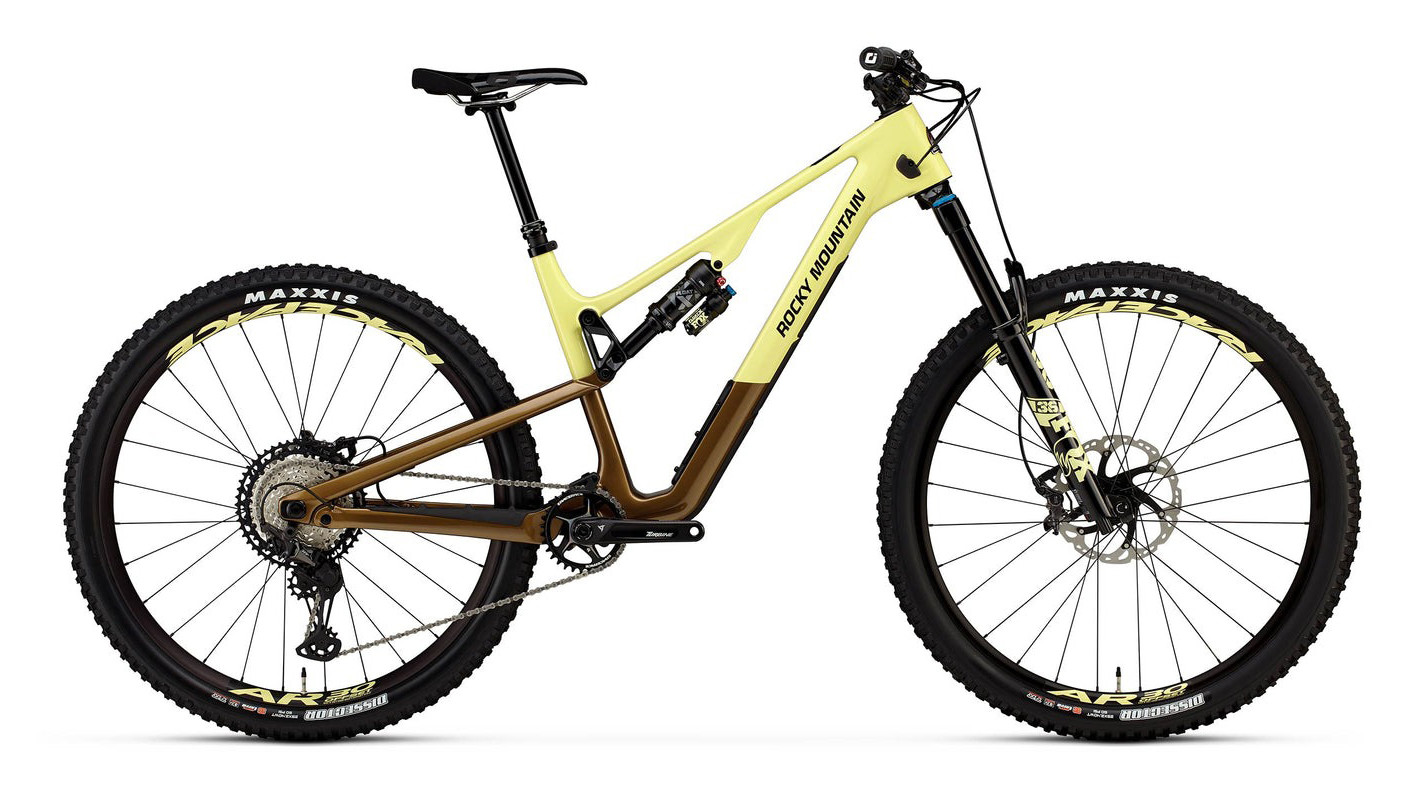







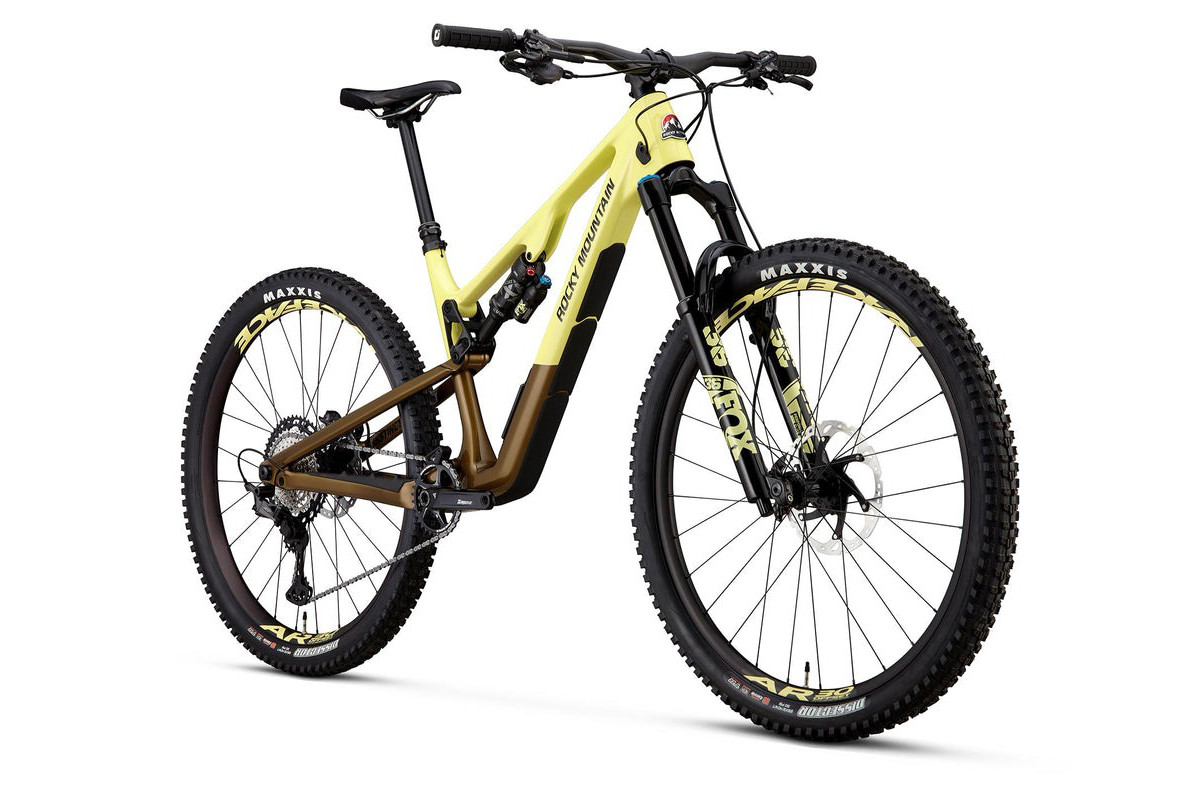
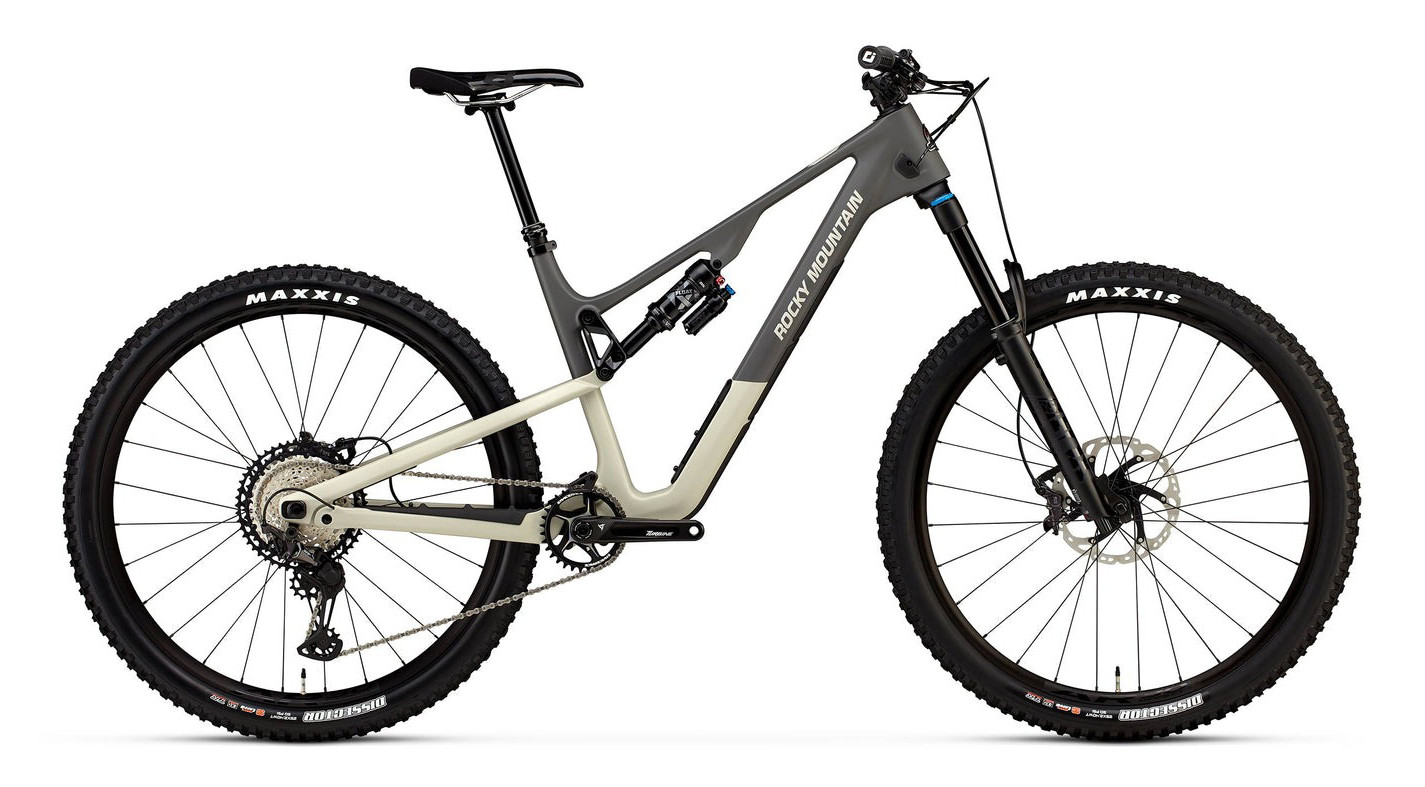
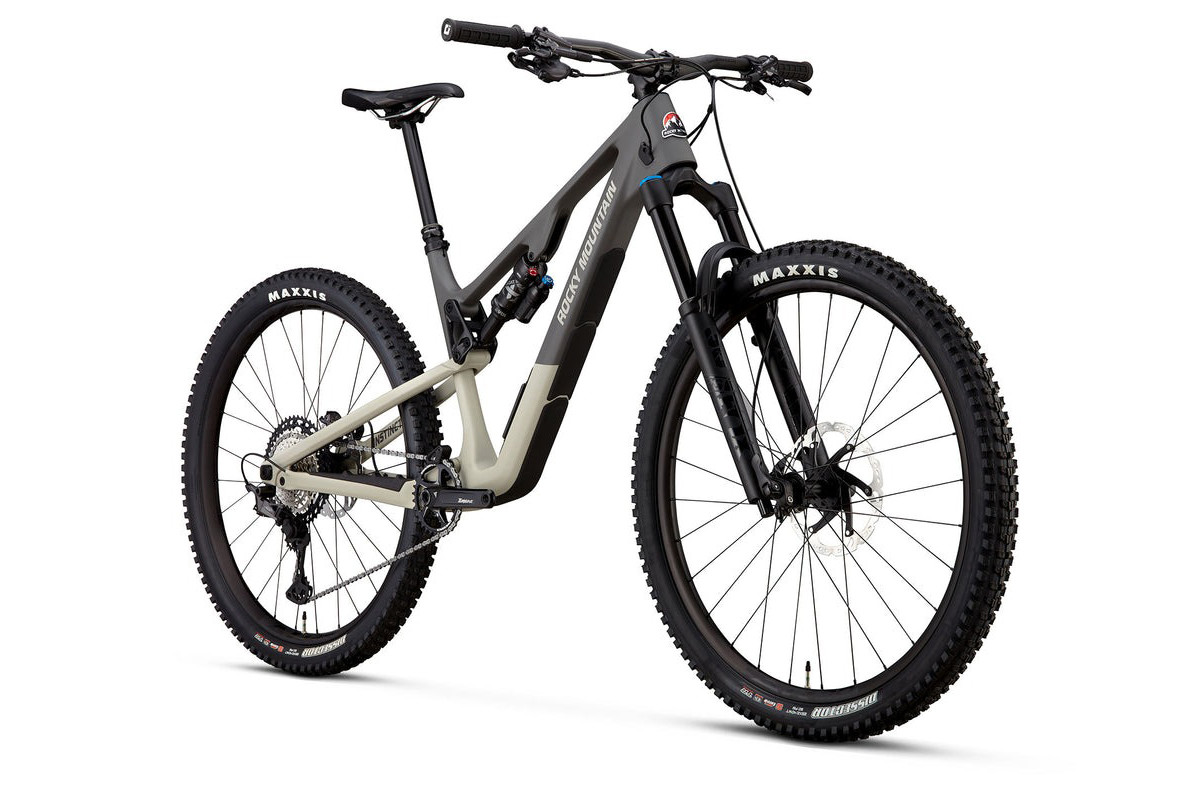
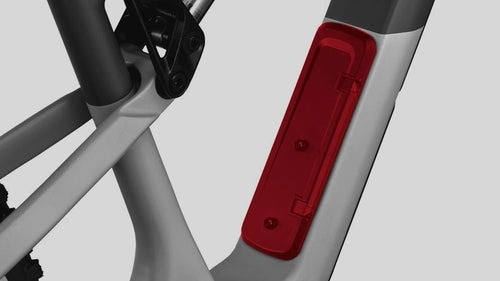
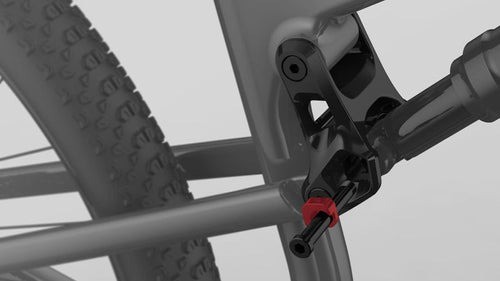
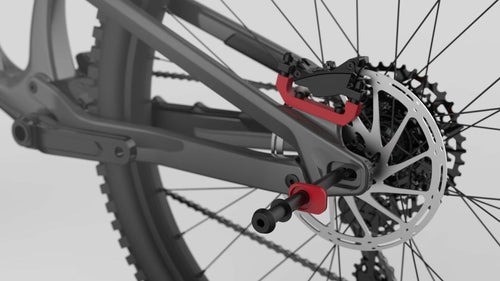

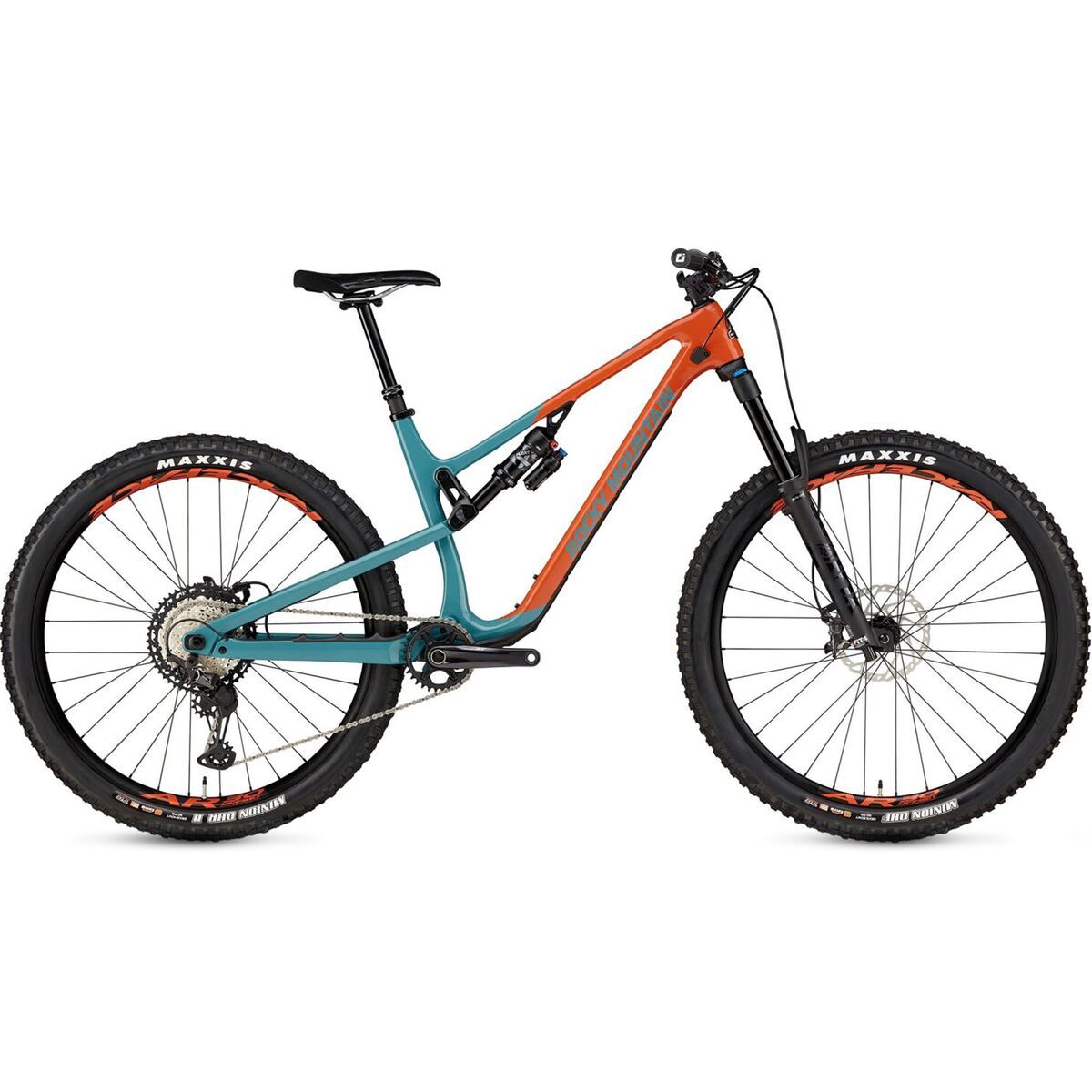



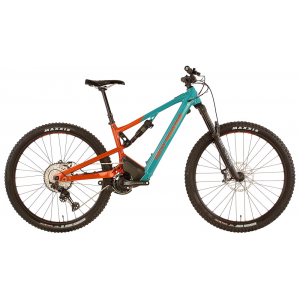

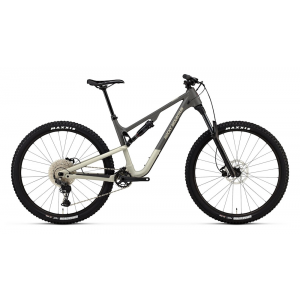

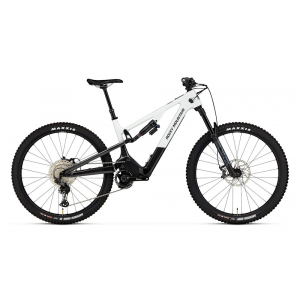
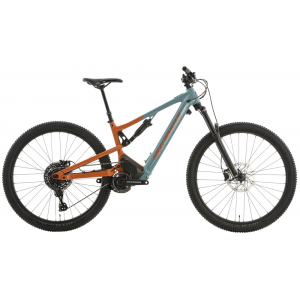
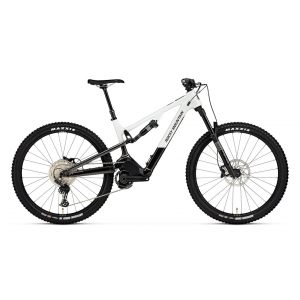

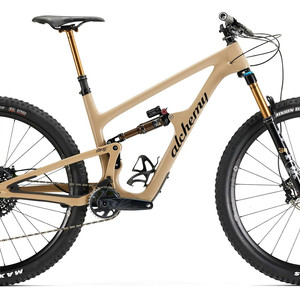
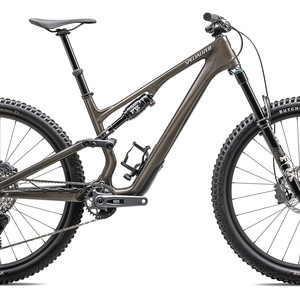

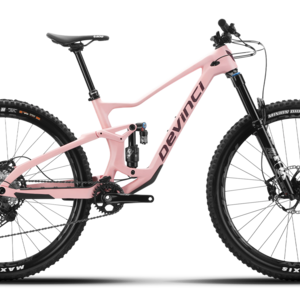
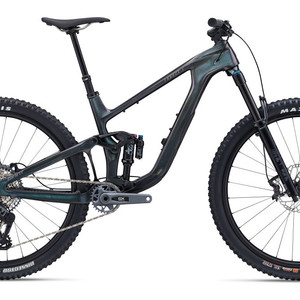
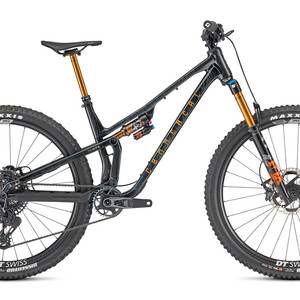
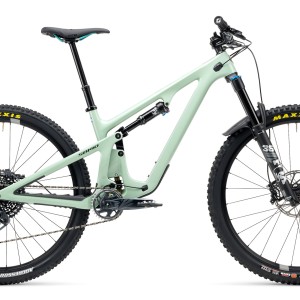










2 comments
Post a reply to: Long-Term Review: Rocky Mountain Instinct